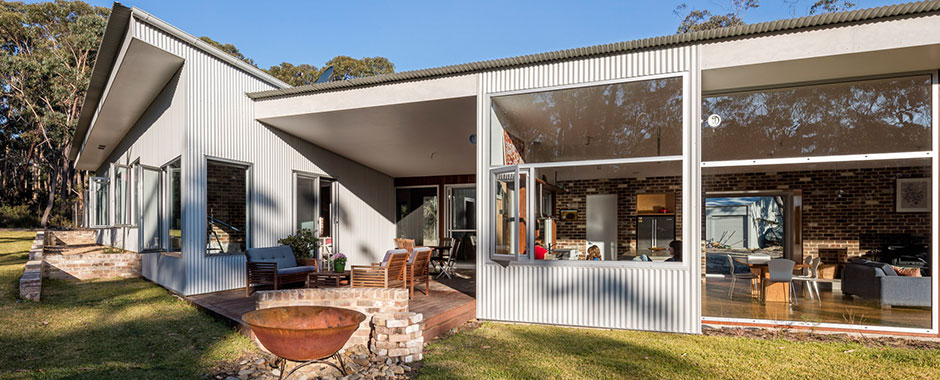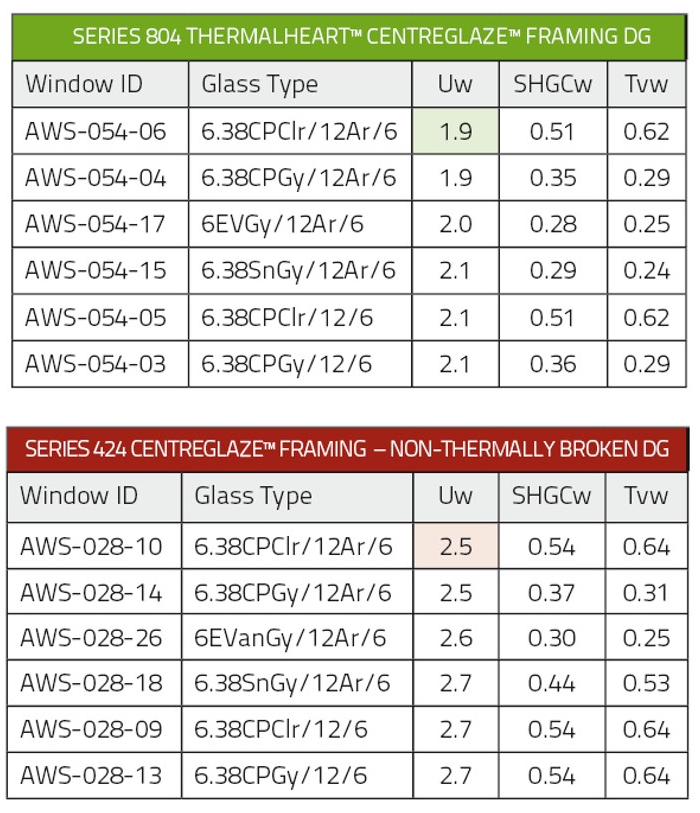Australia's Leading Range of Thermally Broken Aluminium Windows and Doors

Thermally Broken is a term which relates to the window or door frame, which is equally as important, if not more than the glass.
The frame of a window has a significant impact on the overall energy efficiency of any window and door – including that of double glazed systems. While double glazing is seen as a benchmark for energy efficiency, to select double glazing with a standard aluminium frame is only going half way to having a high performing energy efficient window.
Double Glazing is to glass what thermally broken is to aluminium windows.
Standard Aluminium Framing:
To improve the overall performance of the window or door, a thermal break needs to be added to the frame.
Thermally Broken Aluminium Framing:
Heat Loss / Heat Gain:
The emphasis on selecting the right product to reduce heat loss in a colder climate and reduce heat gain in a hotter climate should be an important decision to achieve greater comfort and energy efficiency.
Choosing the right frame and glazing option will help and the lower the U value the better the overall window.
Watch this video below that explains what a U value is and why it’s so important to have the lowest figure possible.
The table below shows Thermally broken windows and the 2nd table shows standard aluminium windows.
The most energy efficient windows result from a combination of both an insulated frame and the right glass to achieve superior energy performance. Thermally Broken windows will not only save you money on your energy bills but they also play a significant role in improving the overall comfort of your home.

Written by Alastair Baldwin